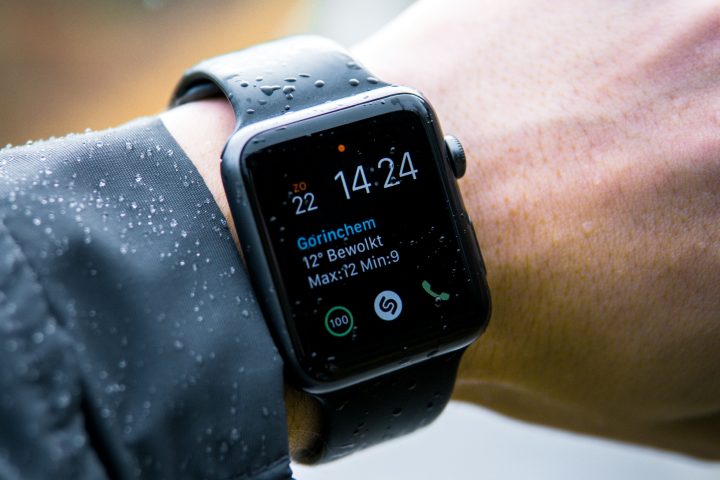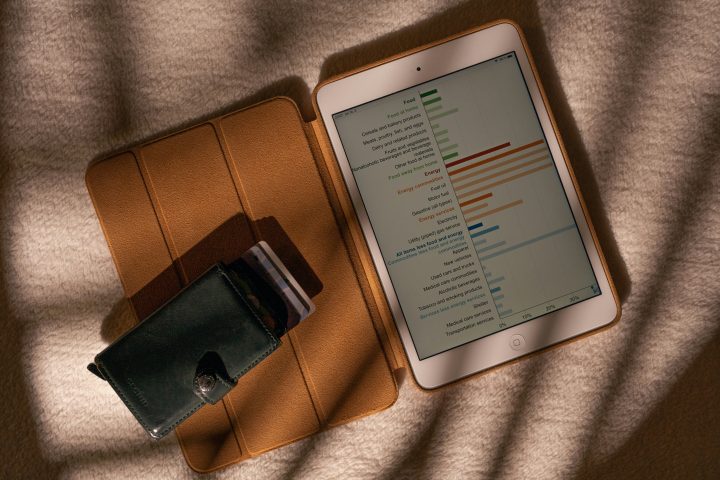A powerful desktop provides the necessary processing power to do heavy media editing work. However, the ease and versatility of a laptop can’t be provided by a desktop. If you are looking to buy a laptop for media editing works or even for gaming, you should read this to find the best laptop for your work.
When it comes to laptops, there are a number of choices that you can choose from depending on the chipsets, processors, brands, memory capacity and hard disks. Regardless of the brands that you choose, the processors and memory (RAM) plays an important role in the performance of the laptop.
This is something everybody knows. People look for the best processors in AMD or Intel and opt to have a high memory capacity like 16 GB DDR4 or 32GB DDR4 RAM when buying the laptop. In spite of choosing all these things, the performance of the laptop could suffer heavily from slow (HDD) disk speeds. Even if your budget is limited, you can always buy the cheapest SSD laptop for better performance.
Disadvantages of Using HDD Laptops
Hard disks are made up of magnetic disks that are used to write the data. Since the hard disk contains moving parts, the data transfer in hard disks are peaked at 20 MB/s or at max 40MB/s. As a result when you use the laptop for your video editing or photo editing works, the computer can be laggy.
In other words, your laptop only works as fast as your hard disk. So, no matter how powerful your processor and RAM are, you will get slow results. This is also the case for graphic designing works or even gaming where you need the best performance.
- No quick boot option
- Long booting & shutting down time
- Slow data transfers
- Poor file handling
- Failure of file system
- Frequent file corruptions
- Low performance
Why SSD Laptops are better for Media Editing Works
SSD or Solid State Devices are reliable and provide better speeds. SSDs also last for a longer time. A HDD may fail any time after 3-4 years even if there is a slight voltage spike. On the other hand, SSDs last for 10+ years easily.
For frequent data transfers and repetitive uses like media editing and media processing, HDDs can slow down the system. SSD can easily be erased and the data retention is higher. Data transfer rate of SSDs is in the range of 350MB/s to 500MB/s. The newer NVMe SSDs have a high speed of around 3.5 GB/s.
This is why it is better to buy SSD laptops for your editing, gaming and resource intensive works. Even if your requirement is only minimal like attending office meetings, performing Word, Excel and PowerPoint works, a SSD laptop provides an overall smooth operation.
One important drawback of SSD laptop is that they are costly. SSD devices in general are costlier than HDD but nothing comes for free. The cost of the SSD is well justified by the boost in the performance of your laptop. This is why even a Cheap SSD laptop has a better performance rating than a costlier HDD laptop.
What Laptops to Buy
You can buy a laptop that has the main drive, the one for Windows installation or for your operating system as SSD. This way you can use a cheaper HDD for other file storage.
For example, if you need to have a total storage of 3 TB, then you can buy a 512 GB SSD laptop and then use an external HDD of 2TB. This provides the best of both worlds. A quick and better performance is ensured by using SSD for your OS and the slightly lower priced HDD for your regular file storage.
If you are looking for a good SSD laptop then there are a few options from all major brands including Acer, Asus, HP, Lenovo, etc.










